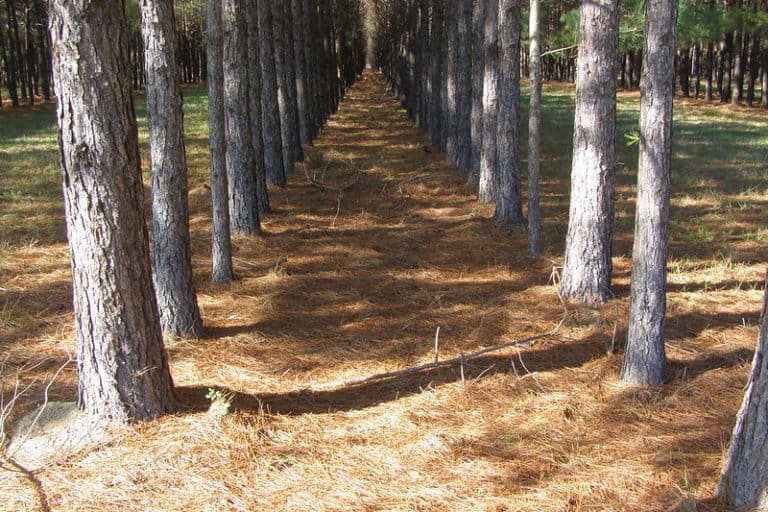

This story was months in the making. Glenn Scherer, my editor at Mongabay, and I had been discussing a story that took a step back from the breaking news around climate policy and rising biomass consumption to look at the science behind the issue. Since last spring, I researched and printed out peer-reviewed studies with diverging outcomes and read them closely. The biomass industry can point to scores of research that supports its claim that wood pellets are good for forests and a genuine climate solution, while forest advocates can pile up even more research that explains just how big a mistake the Kyoto Protocol made when it classified all bioenergy as renewable and carbon neutral.
Because there are so many points of difference, the biggest challenge in this story was narrowing the scope of issues to compare, knowing full well that in a 2,000-word story, important issues would not make it into this story. Still, I kept my focus on the issues industry officials tend to use the most in defending themselves against their growing chorus of critics.
This particular story is as balanced as fairness allows. By that I mean, it is fair in clearly explaining the industry arguments and citing the studies that back their claims, while making sure to be accurate in the overall thrust of the story in terms of the impact woody biomass is having on — to pick just one issue — the accuracy of carbon-emissions accounting.
This is among the more important stories I’ve done on this issue since I started covering it in 2018. Hopefully, it will serve as a trustworthy resource for new reporters coming to this story and heavily lobbied policymakers trying to figure out who and what to believe when it comes to energy generation and actual climate mitigation.

